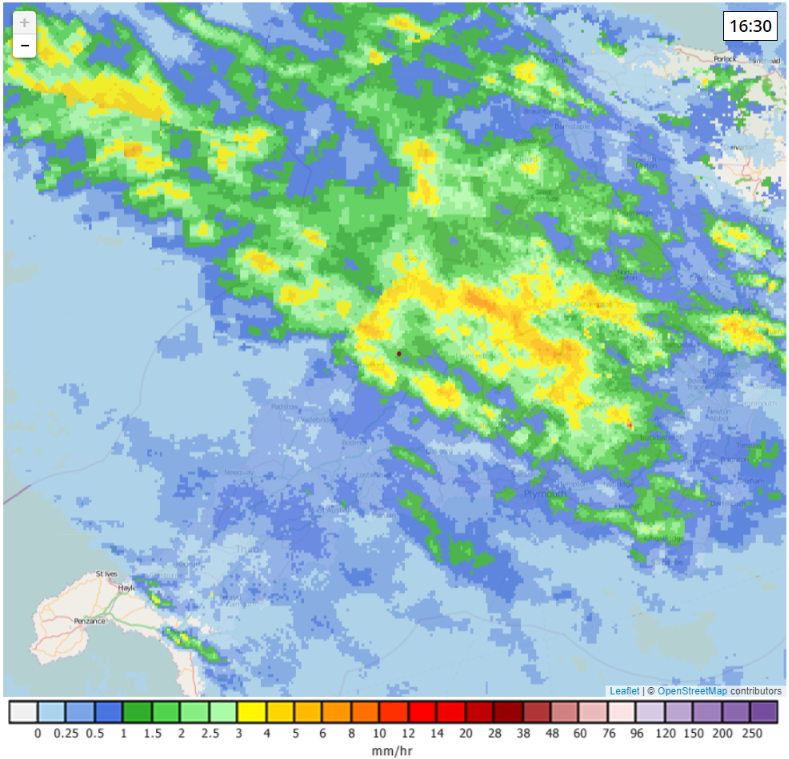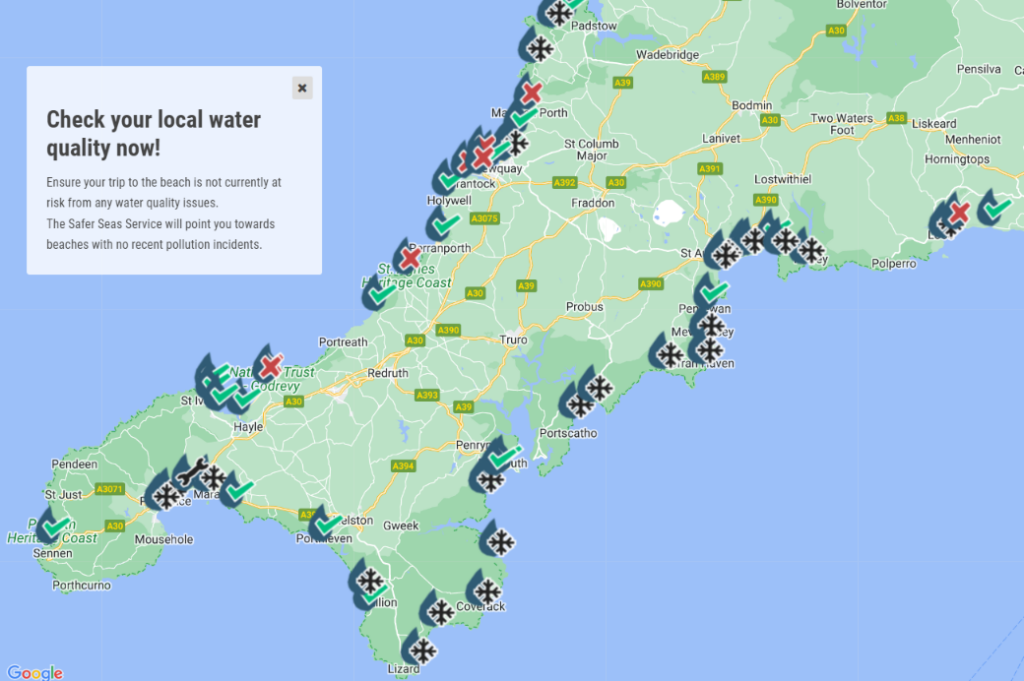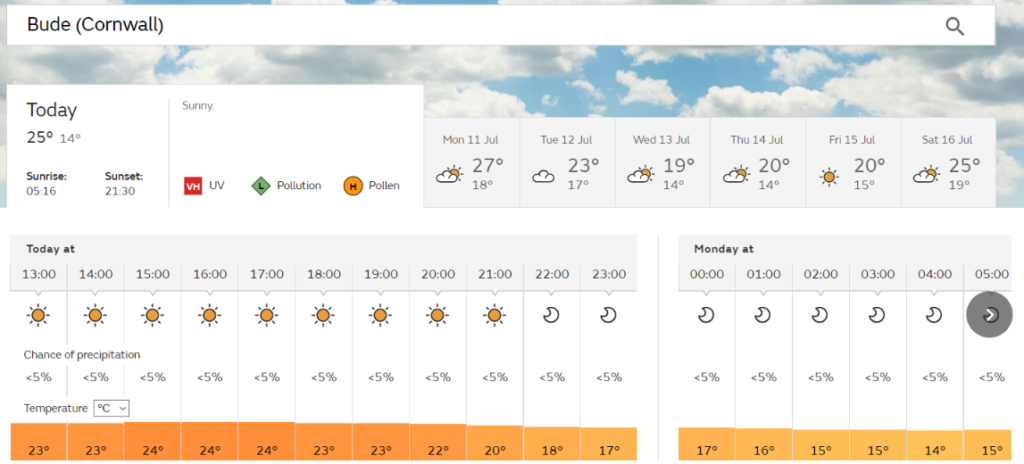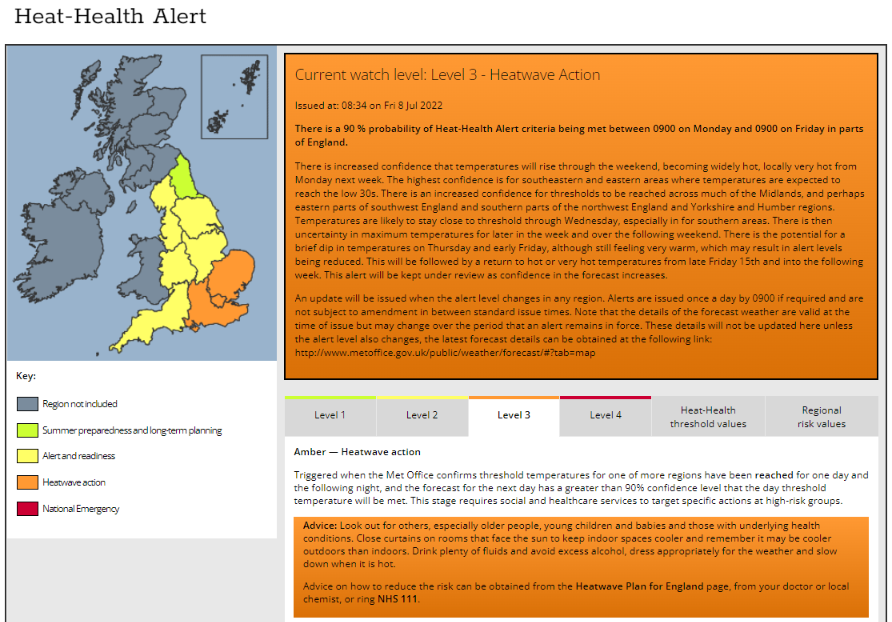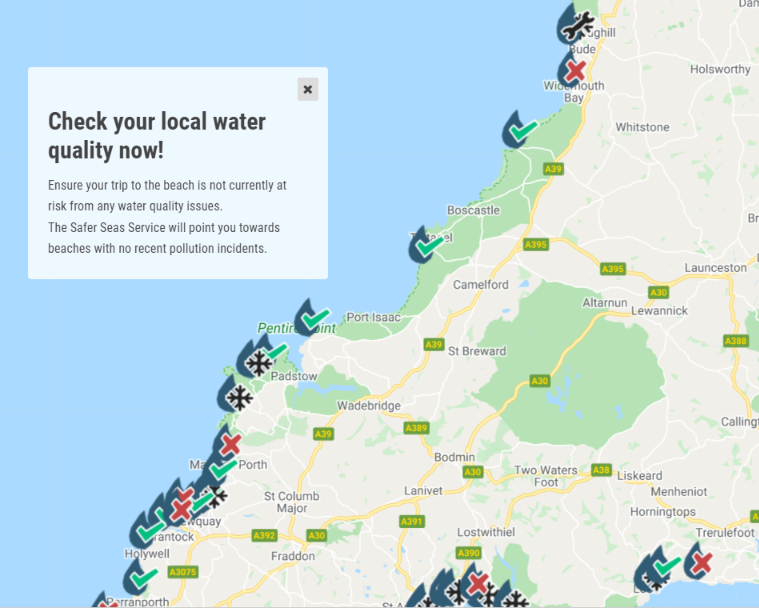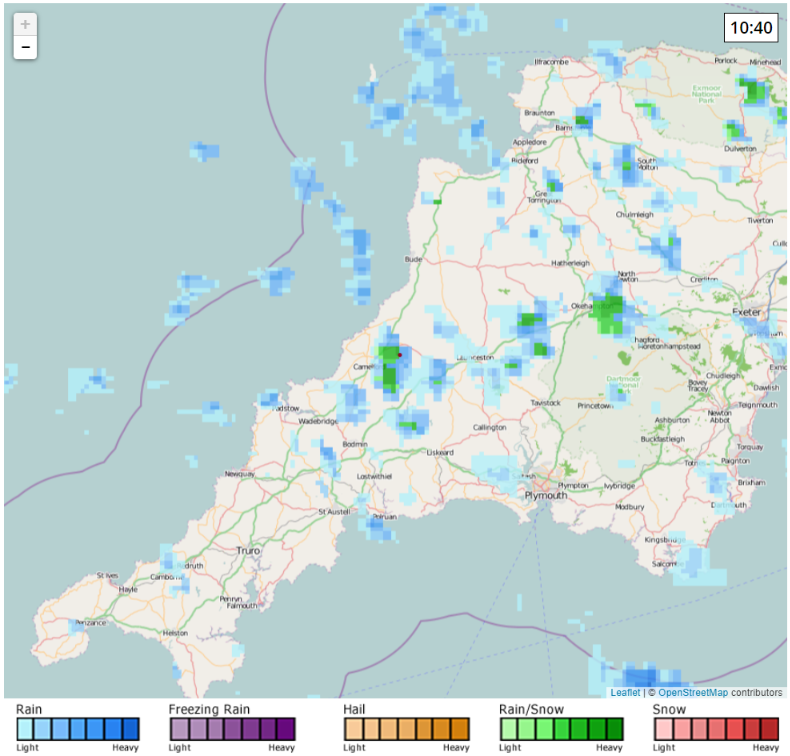At long last I have a day free of Zoom calls, so I can start putting virtual pen to paper on an article I intended to start writing on Monday.
If today’s title doesn’t yet ring any bells for you, perhaps this alleged quotation from Winston Churchill will be more familiar?
A lie can get round the world before the truth has put its boots on.
Perhaps you have previously heard something very similar attributed to Mark Twain instead? Would it surprise you to now discover that according to the Freakonomics web site:
The Yale Book of Quotations has the following entry:
“A lie will go round the world while truth is pulling its boots on.”
C. H. Spurgeon, Gems from Spurgeon (1859).
An earlier version appears in the Portland (Me.) Gazette, Sept. 5, 1820: “Falsehood will fly from Maine to Georgia, while truth is pulling her boots on.”
Still earlier, Jonathan Swift wrote in The Examiner, Nov. 9, 1710: “Falsehood flies, and the truth comes limping after it.”
At this juncture you may well be wondering to yourself “This is all very well, but what has it got to do with Davidstow?”. I shall endeavour to elucidate, but not all at once!
Our regular reader(s) may recall that on January 27th Davidstow.info proudly published an article by yours truly, wittily entitled:
“Saputo Plans To Clean Up Its Davidstow Act“
Tempted as I am to do otherwise, having started at the very beginning I suppose tradition dictates that I must continue in chronological order? On February 15th the Davidstow.info offices were visited by Lisa, a very nice reporter for Cornwall Live. We had a long chat, and Lisa took some photos and recorded a video:

(Image: Lisa Letcher for CornwallLive)
Lisa departed, and her resulting article was eventually published on the morning of February 27th. The first I heard of it was when I received a call later that morning from Grace, a very nice reporter for ITV Westcountry.
[Chapter 2 – February 27th]It seems that Grace had seen Lisa’s article then Googled our names to discover our phone number. I was obviously excited to discover that the Cornwall Live article had been published, and agreed to talk on camera to Grace later the same day. Kevin, the ITV camera operator, arrived slightly before Grace. He told us that he’d already done some filming outside the Saputo creamery. Once Grace had arrived we all went inside and Kevin set up his equipment:
We sat down on our sofa and had a nice long chat, then Kevin filmed us outside on our “patio”. Grace’s report on our conversation aired on the local 6 o’clock news that evening. The next day it also became available on the ITV web site:
It became apparent at that juncture that ITV’s headline writer had been working overtime! The URL above will give you a clue to the fruits of her or his efforts, but we quickly sorted that out via Twitter:
Suddenly we’re famous! 👇
— Davidstow Info 〓〓 (@DavidstowInfo) February 28, 2023
Yesterday @grace_pascoe from @itvwestcountry popped round to discuss the assorted environmental issues emanating from the @SaputoInc creamery here in #Davidstow. However the headline writer didn’t!
Here’s my prior take:https://t.co/Qj8M7vgJIf
1/n https://t.co/8FPEtL2aKL
If you have clicked through to Cornwall Live and ITV’s articles you will no doubt note that they both concentrated on the “human interest” side of the story rather than some of the more “technical” issues that were also discussed. However Lisa’s video did include some mention of such esoteric matters.
[Chapter 3 – February 27th 14:00]I’m in the habit of dating updates to articles as I write them. However that usually happens in near real time. I originally adopted that scheme for chapter 2, but now it seems to make much more sense for this article to use the date and time when the events described took place.
I had plenty of advance warning for Lisa’s visit, so I had time to prepare a briefing note for her. You can download the latest edition here. Please note the copyright notice. Note also that it mentions the somewhat esoteric concept of the “Internet of Things“.
Since Lisa’s visit I’ve added a picture of the “low cost” environmental monitoring equipment that I demonstrated to her:

Getting back to the afternoon of February 27th, I received a call from Daniel who is a very nice photographer from SWNS. He explained that he had found our telephone number via Kasia’s art web site. He was in the area and could he pop round and take a few photos of us? I said OK, but I had a Zoom meeting which wouldn’t finish until 4 PM at the earliest. He said he would arrive after 4, which he duly did.
Now here’s the thing. Lisa received her own copy of my briefing note and a demonstration of the above hardware. Due to time constraints Grace received my copy of Lisa’s briefing note, but no environmental monitor demonstration. Daniel received Kasia’s copy of the briefing note and no demonstration.
Perhaps that goes at least some way towards explaining why none of the numerous articles that have recently been published about the “Multiple pollution breaches at Dairy Crest’s Davidstow site” mention IoT?
[Chapter 4 – February 27th 17:00]I don’t log in to Facebook very often, but as luck would have it I did so on the afternoon of the 27th. There I discovered that Tom, also from SWNS, had been trying to get in touch with me since 10 AM that morning, in order to arrange an interview. I learned that Tom writes words for SWNS, whereas Daniel takes the accompanying pictures.
When Daniel arrived we were in danger of losing the light, so first of all he took some nice pictures of Kasia and I outside, which didn’t make us look stern or angry or “suicidal”!
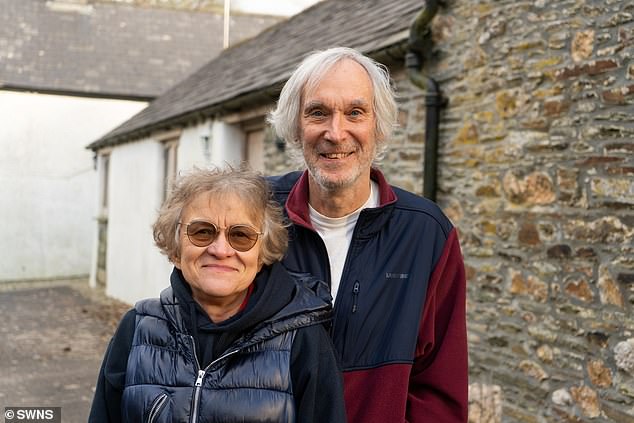
Then we went inside and Daniel recorded a wide ranging chat on his mobile phone. I never heard from Tom again after Daniel left us, although I did email him links to some in depth background material the next morning.
To be continued…








